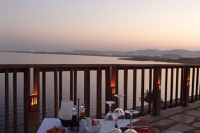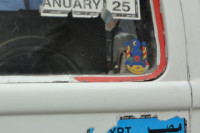Culture
Howard Carter – Artist and Archaeologist
Scientific Director of the exhibition
The exhibition concept of “Tutankhamun – His Tomb and His Treasures” is based on a unique feature – the
legacy of the excavator. With Howard Carter’s detailed records and his thrilling account of the discovery of
the royal tomb, we were more or less presented with the draft of a screenplay by the excavator himself. This
rare and fortunate circumstance has been used by the exhibition’s organisers and scientists for the first time
in the now decades-long exhibition history of the famous Pharaoh. Who was this man who discovered the
tomb of Tutankhamun in November 1922?
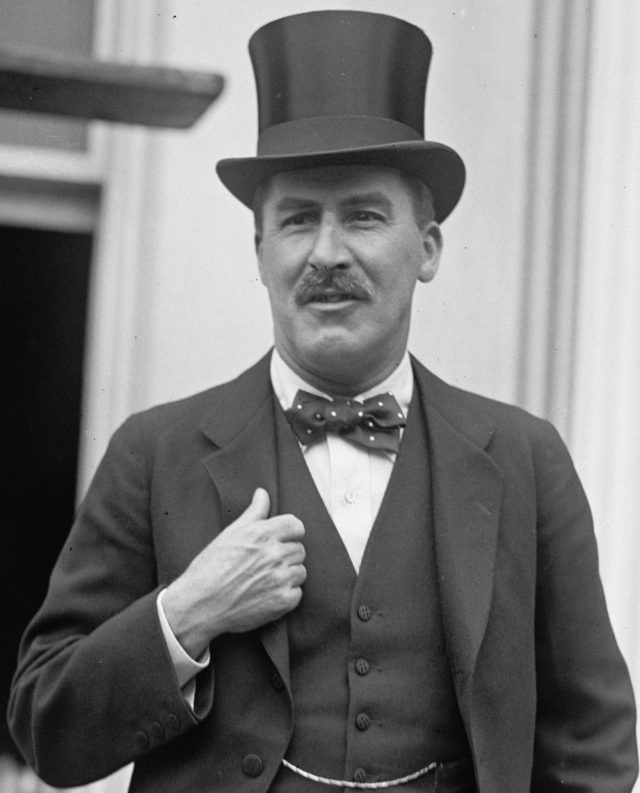
British archaeologist and Egyptologist Howard Carter (1874-1939) Date 8 May 1924 Source US-LibraryOfCongress-BookLogo.svg This image is available from the United States Library of Congress’s Prints and Photographs division
An outstanding career
Since Howard Carter’s discovery of the young king’s tomb, he has been considered one of the most famous
treasure hunters of all time. But Carter was also a meticulous archaeologist with sound technical knowledge
who learned his craft carefully. Hardly anyone has discovered and excavated as many important tombs in
Egypt as he did. From today’s perspective, Howard Carter can be regarded as one of the most successful
archaeologists ever.
Carter was also a gifted artist. His excellent drawings and paintings of tomb scenes and temple reliefs were
published in just as many scientific papers as his articles on his discoveries and his reports as one of the
chief inspectors of the Egyptian Antiquities Service. In a manuscript, Carter formulated basic premises for
archaeologists, which have not lost their validity to this day. During his career he acquired the fundamental
scientific knowledge of ancient Egyptian history, language and writing as an autodidact.
Even at a young age, Carter set new standards as an archaeological draftsman. From 1891 in Egypt, at the
tender age of 17, he copied watercolours of wall paintings for publications and, in doing so, attempted to do
the beauty of Egyptian art justice. When he was able to begin his first excavations in Tell el-Amarna, the city
of the heretic king Akhenaten, he developed an exceptional flair as an archaeologist. It was probably during
this period that he heard for the first time the name of a lost king whose tomb lay as yet undiscovered:
Tutankhamun!
From 1893, Carter worked as a senior archaeological draftsman in the temple of Queen Hatshepsut. His skill
and determination soon attracted the attention of Gaston Maspero, the French director of the Egyptian
Antiquities Service. Maspero offered the young autodidact a position as Chief Inspector for Upper Egypt in
the Antiquities Service in late 1899. A prestigious award such as this was likely to have aroused envy in
many a scientist with an academic background.
As Chief Inspector, Carter made significant discoveries. For example, in 1903 he discovered the tomb of King
Thutmose IV, which, whilst having been plundered, still contained well-preserved wall paintings. During his
tenure, Carter vigorously cracked down on tomb-robbing, committed himself enthusiastically to the
conservation and protection of ancient sites, and had electric lighting installed for the first time in several
tombs on the West Bank. This modern lighting technology particularly helped to prevent further sooting of
paintings and reliefs caused by naked flames.
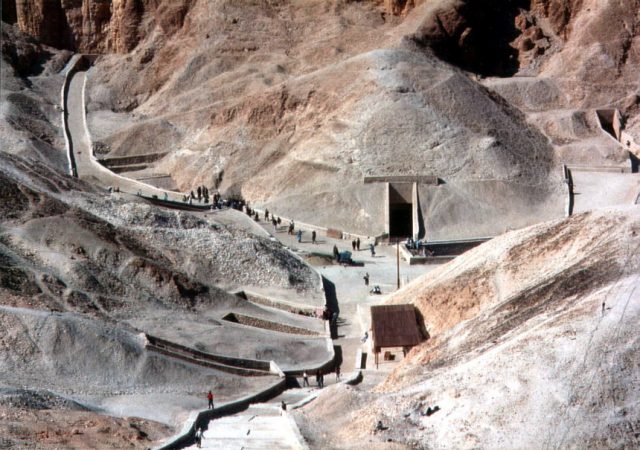
Fotograf/Photographer: Peter J. Bubenik (1995)
The discoverer of Tutankhamun’s tomb
With Lord Carnarvon, Carter excavated several tombs on the West Bank for a number of years. The pair
published the results of their early work in 1912 in their document entitled “Five Years’ Exploration at
Thebes”. During the First World War, Carter worked for some time in Cairo for the British intelligence service,
meaning that he could only make a start on the systematic hunt for the tomb of Tutankhamun in 1917.
Following the discovery of the tomb on 4 November 1922, Howard Carter had to rise to the gigantic,
impending task of salvaging the 5,300 objects from the tomb. He managed to put together a top-class
scientific team.
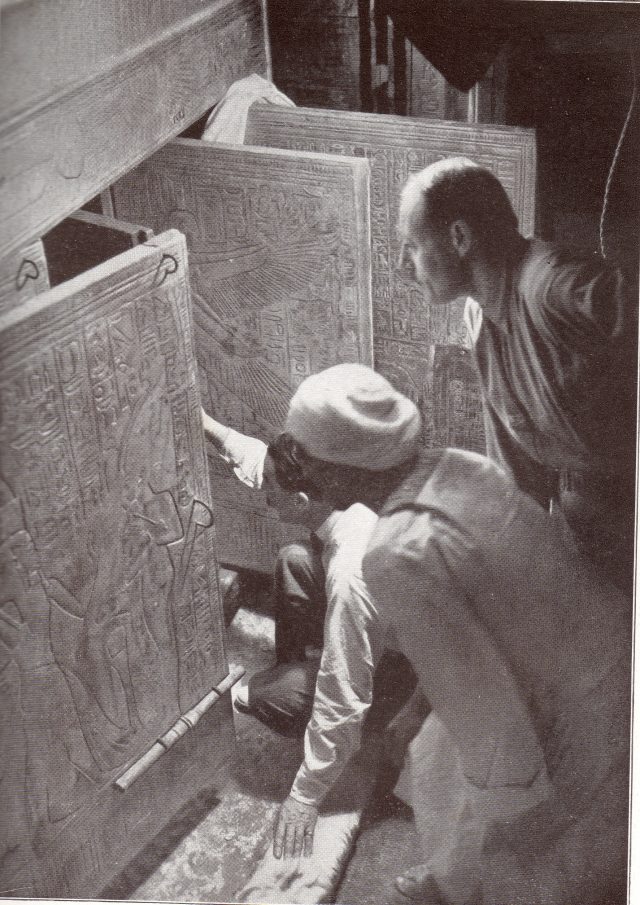
Howard Carter (kneeling), an Egyptian workman, and Arthur Callender at doors of burial shrines in Pharao Tutankhamen’s tomb. Source The New York Times photo archive, via their online store Author Harry Burton (1879–1940)
In addition to Carter’s reports of the discovery and recovery of the treasures, the crystal-clear images of his
excavation photographer Harry Burton still exist. In these, he captured every detail of the recovery. Carter
himself completed thousands of drawings that every scientist today is able to work with. He had sensitive
objects immediately treated conservationally before they were shipped to the museum in Cairo. Upon
completion of the salvaging of the discovery site in 1932, Carter lived in seclusion troubled by ill health, but
still occasionally managed to go on extended trips, give lectures and apply his knowledge to the antiquities
business. He continued to provide many a museum with one or other piece of precious Egyptian art up until
his death in 1939.
A lack of recognition
When he made the discovery of Tutankhamun’s tomb, Carter had already garnered more than 30 years of
intensive experience in Egypt. The discovery of the royal tomb by the experienced and prudent excavator
was a real boon for the archaeological world. That Carter was never able to publish his famous discovery
scientifically was due to the enormous scale of the find and to his illness. But Carter was also sometimes a
difficult person. Academic circles often failed to give the autodidact the recognition that he deserved in view
of his achievement.
Without Howard Carter and his team’s careful conservation measures, much would now be lost from the
burial treasure. It is thanks to him that we can today admire the almost perfectly preserved treasures that
have survived from the tomb of an Egyptian pharaoh in the Valley of the Kings.
Article written by Dr.Wolfgang Wettengel

